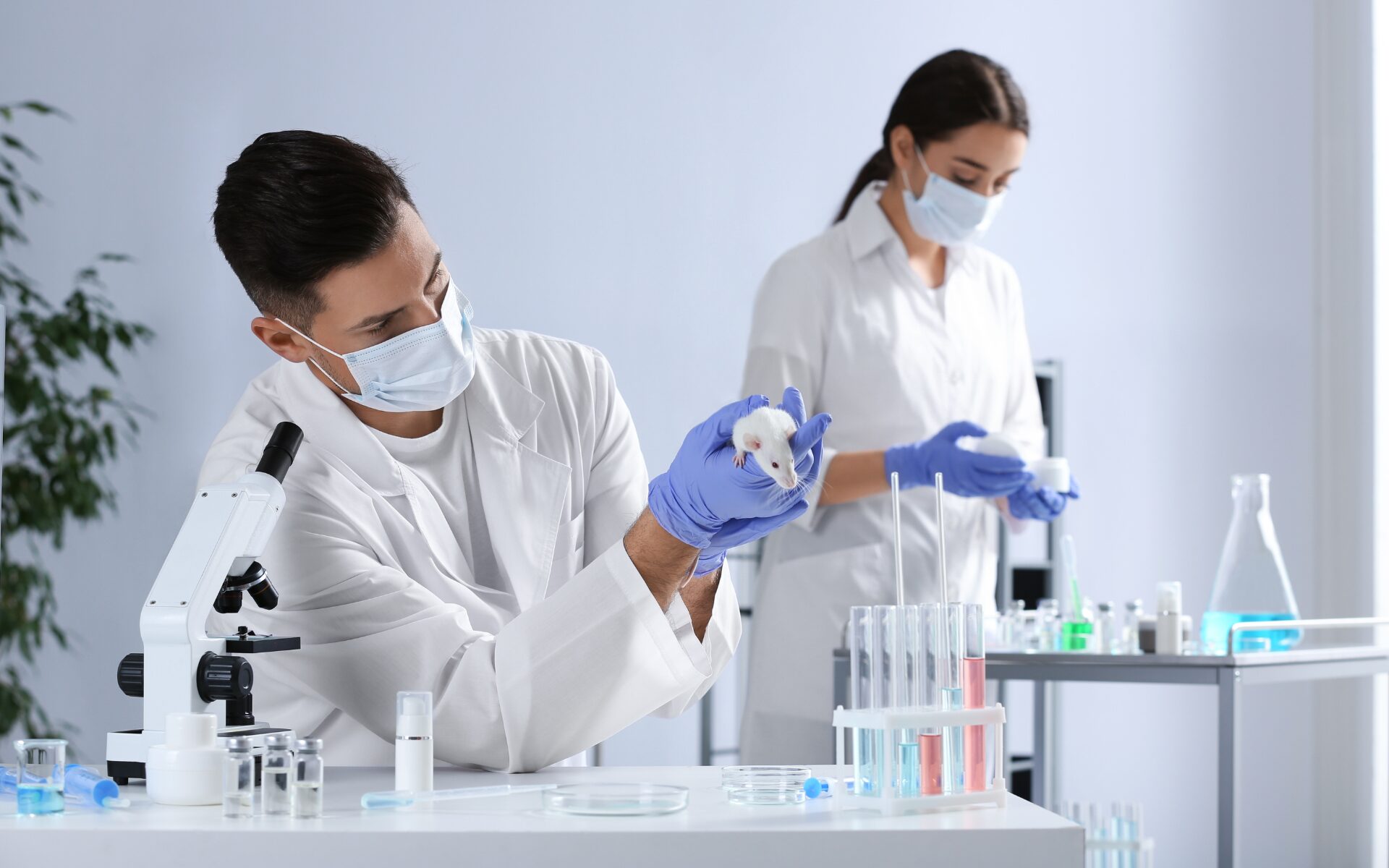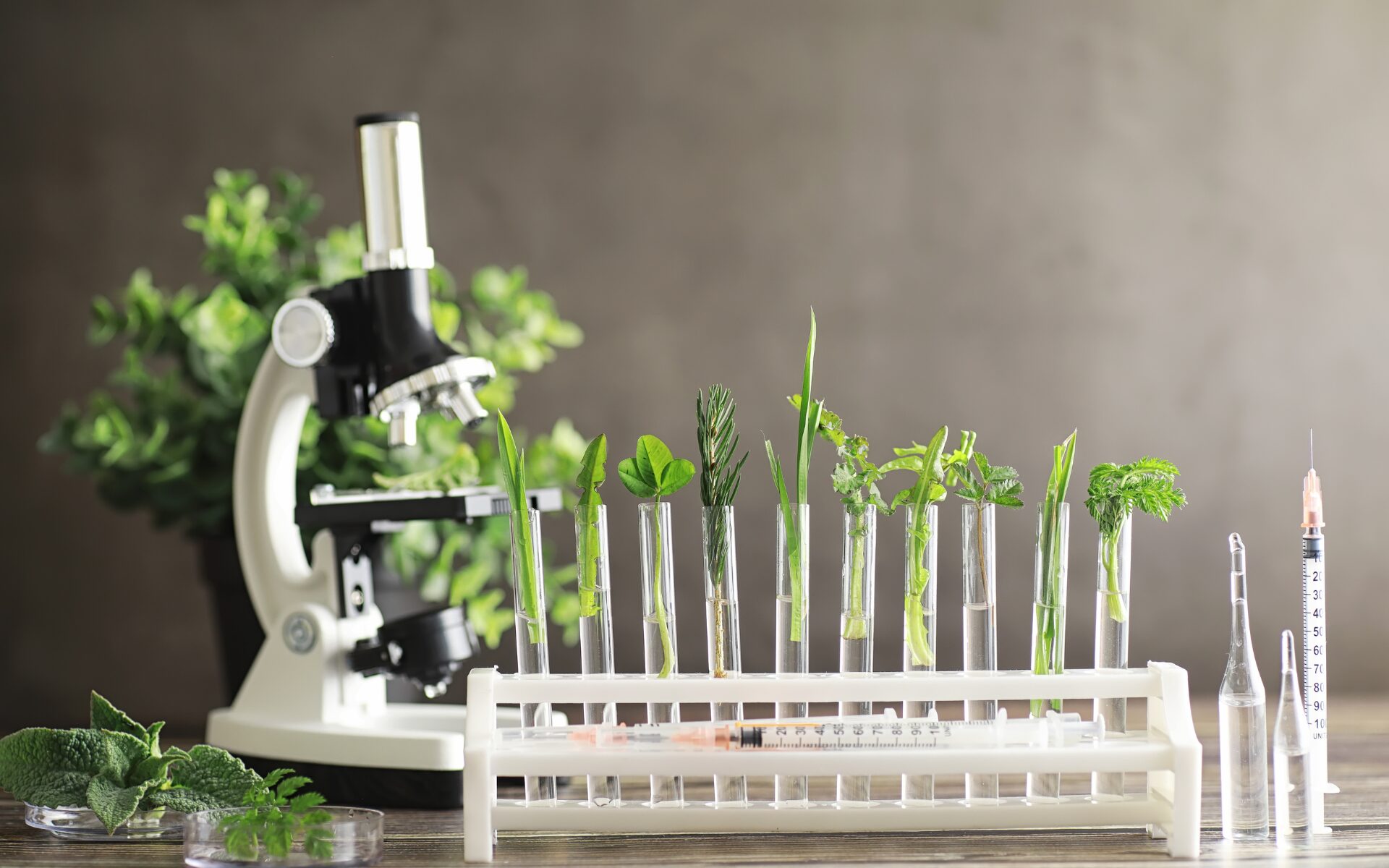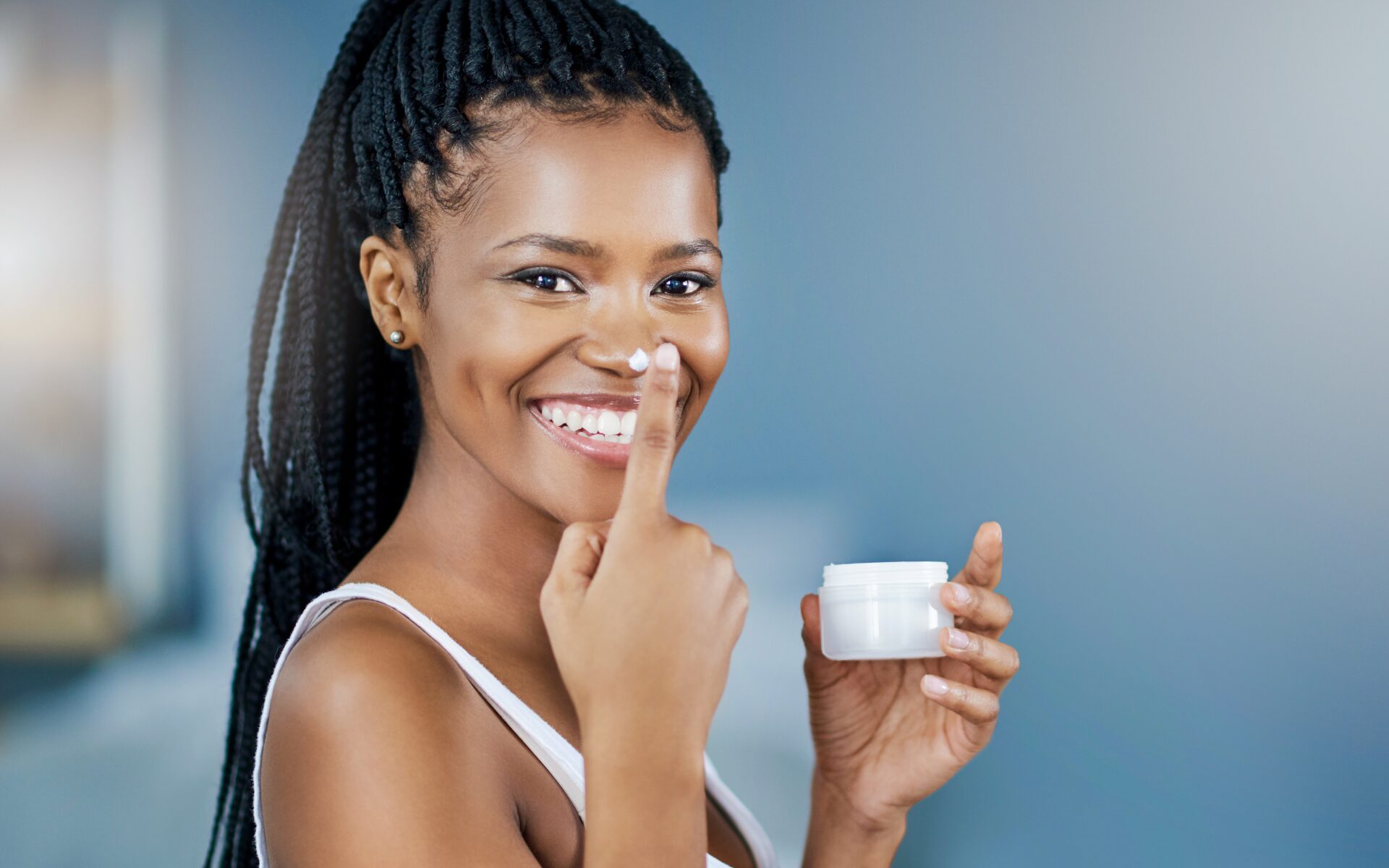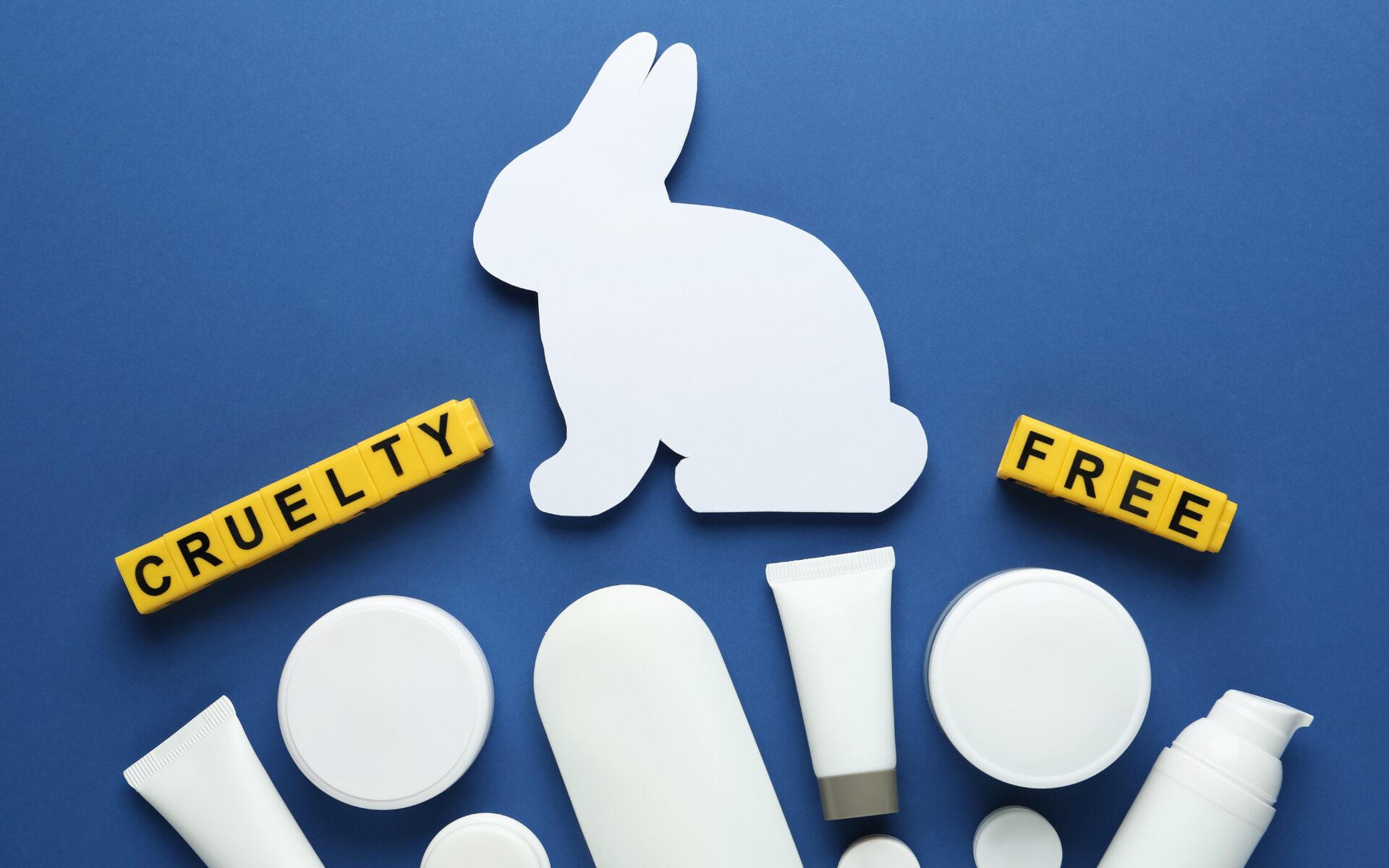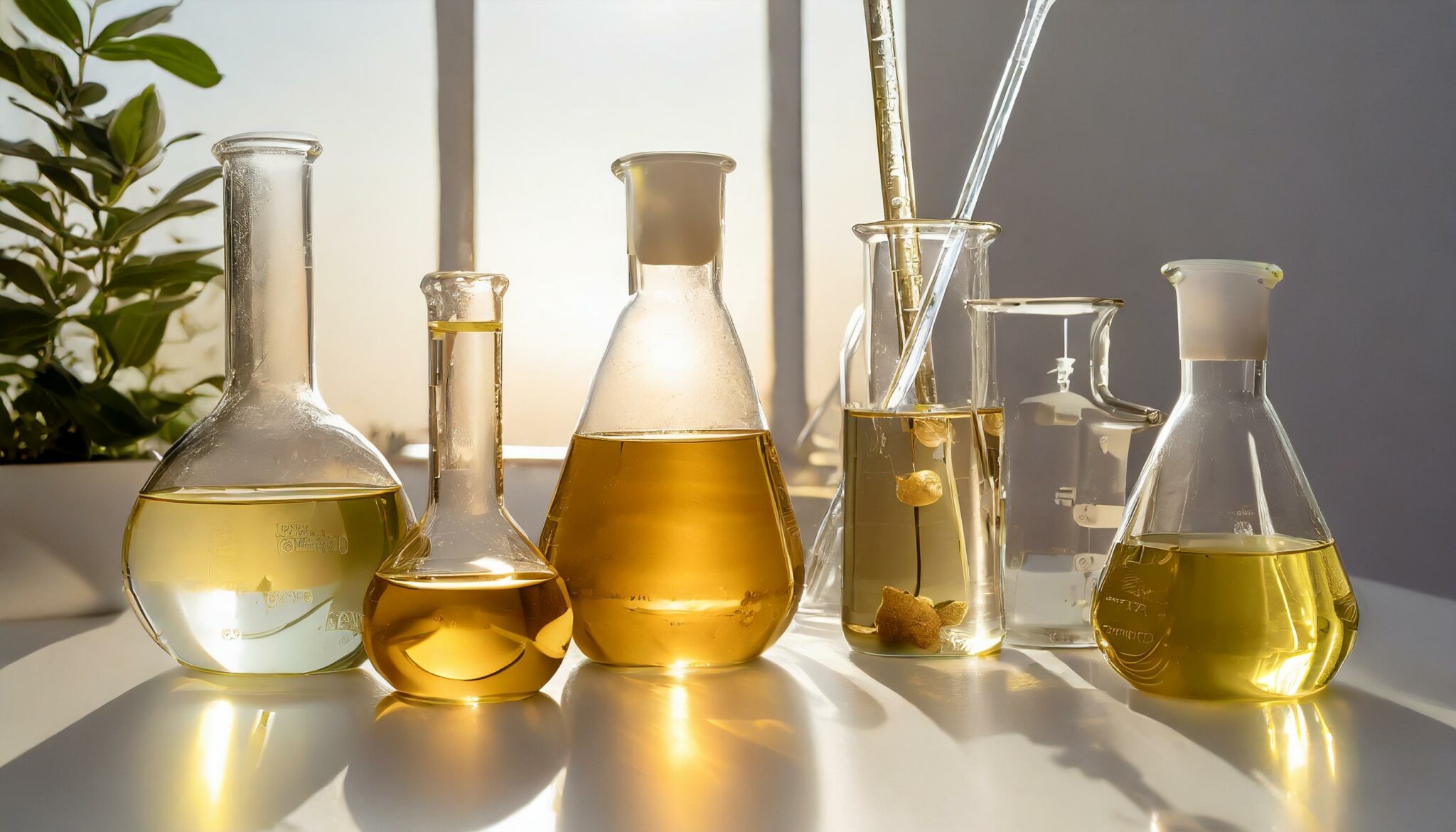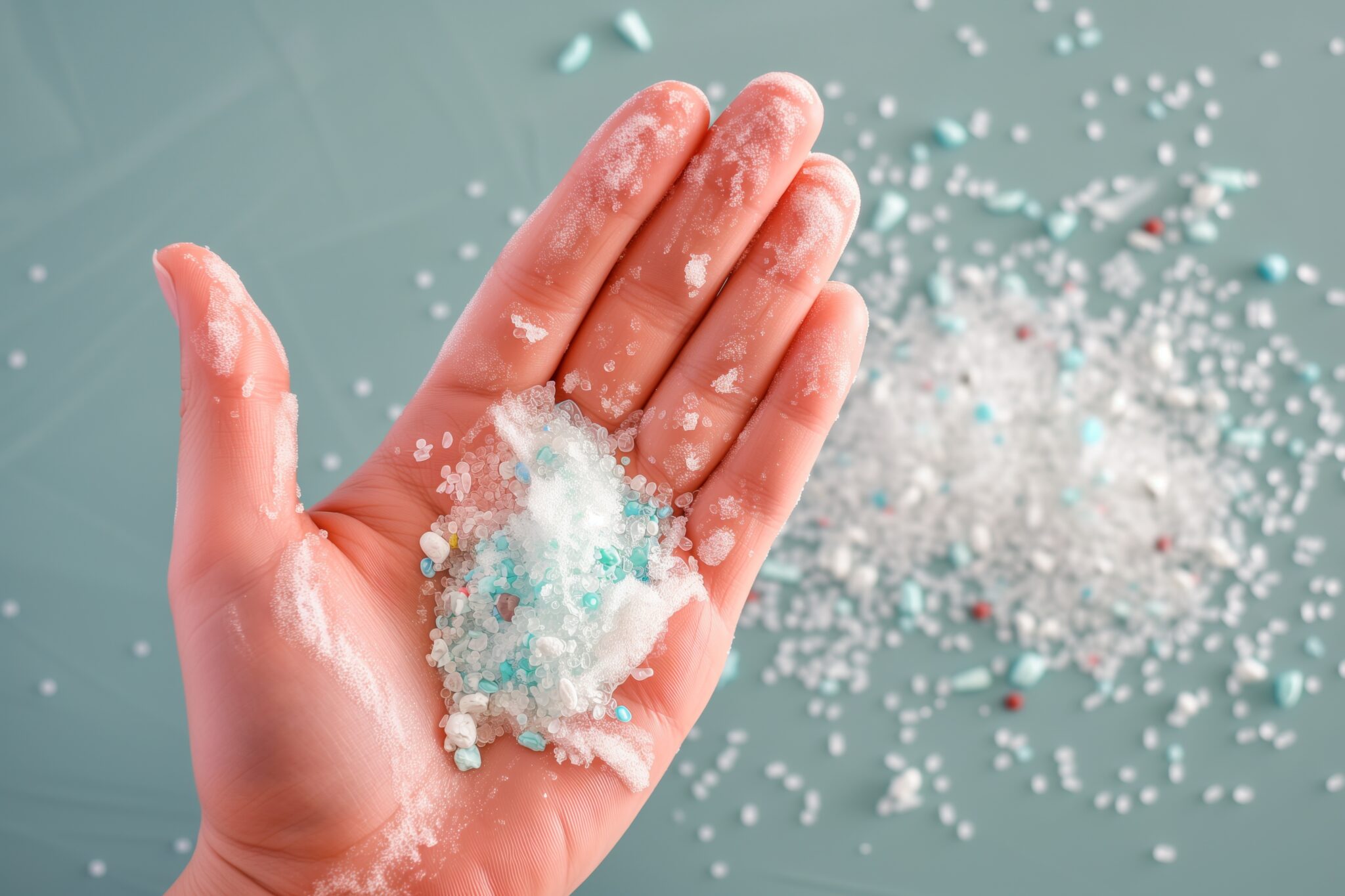Animal Testing & Cosmetics
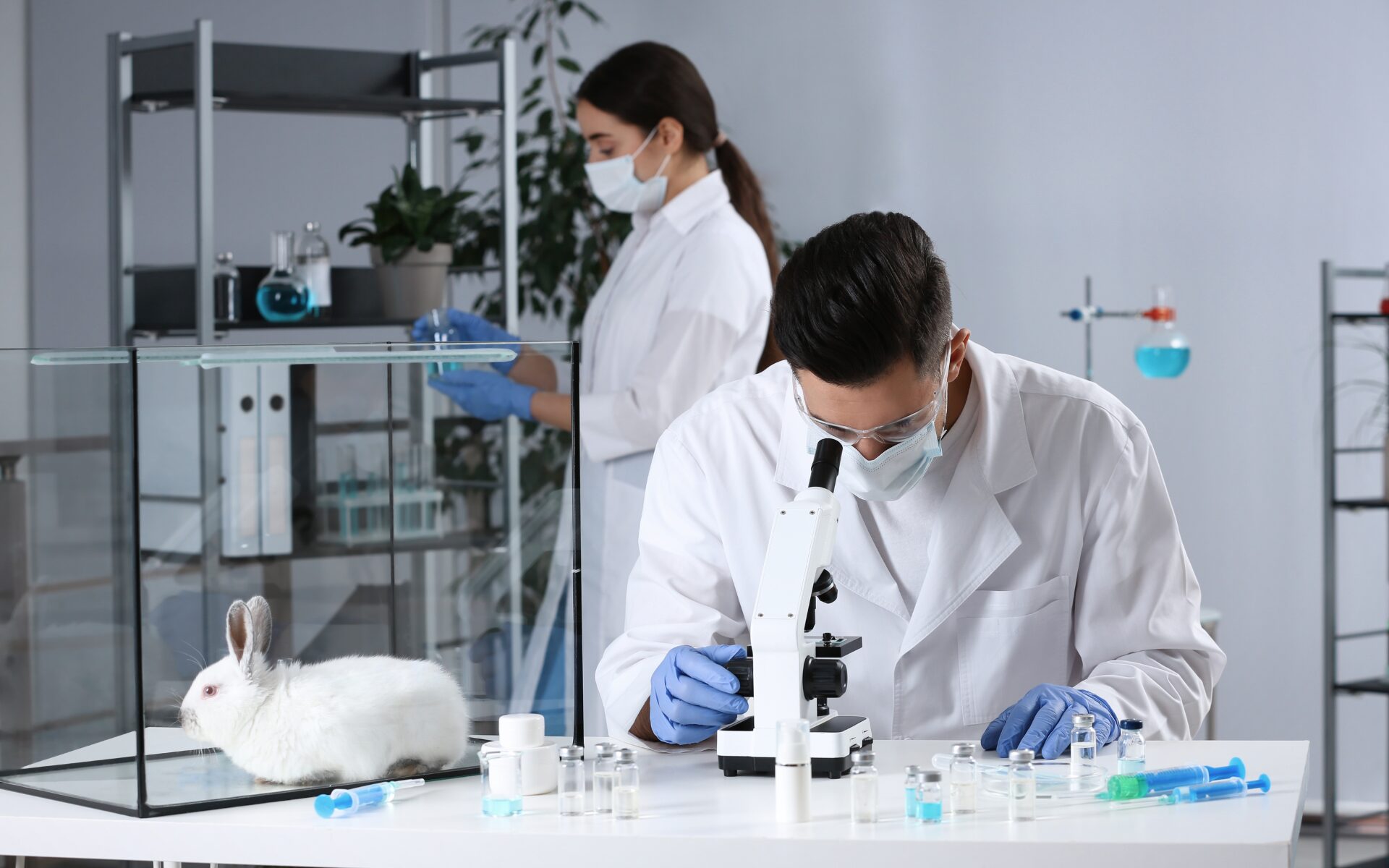
Animal testing in cosmetics has been a subject of controversy for many decades. Over 115 million animals are used for lab research every year. Out of those 115 million, cosmetic testing alone claims the lives of approximately 500,000 lab animals who are subjected to unnecessary suffering in the name of science.
Many animal rights activists and organizations are dedicated to promoting animal welfare and encouraging the global ban of animal testing. A prime example is the acclaimed organization: Cruelty Free International. As of 2022, over 5000 cosmetic companies were registered with Cruelty Free International’s Leaping Bunny Program (recognized as the global gold standard for cruelty-free cosmetics). Furthermore, public opinion leans toward the ban of all types of animal testing. A 2019 survey reported that 79% of the respondents were in support of legislation to prohibit animal experimentation, and 57% of respondents in a 2020 survey reported that they refused to buy from brands that still used animal testing.
So, what are the implications of these statistics and what alternatives can cosmetic companies implement to replace animal testing? In this article, we’ll take a look at what animal testing in cosmetics is, its history, alternative methods, and ADA’s unwavering commitment to cruelty-free beauty.

